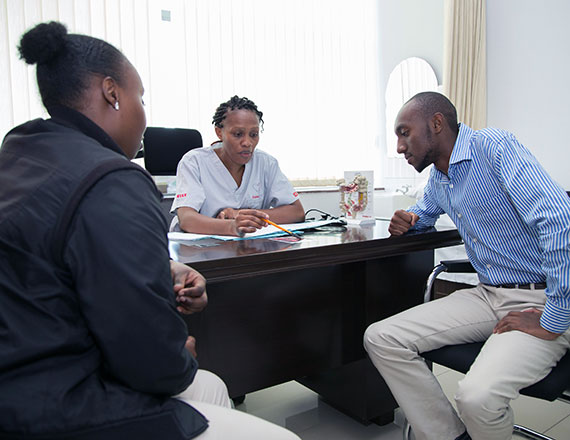ERCP
ERCP is a procedure used to treat disorders of the pancreas and bile duct system. Bile is made in the liver and stored in the gallbladder until food is eaten.
Bile is then discharged into the cystic bile duct and travels to the common bile duct. The pancreas produces digestive enzymes that flow into the common bile duct. Together, bile and the pancreatic digestive enzymes travel through the ampulla (the point at which the common bile duct meets the duodenum) and into the duodenum to help digestion.
Bile is then discharged into the cystic bile duct and travels to the common bile duct. The pancreas produces digestive enzymes that flow into the common bile duct. Together, bile and the pancreatic digestive enzymes travel through the ampulla (the point at which the common bile duct meets the duodenum) and into the duodenum to help digestion.
Why is ERCP done?
- Obstruction of the bile duct and pancreatic duct by gallstones, pancreatic stones, tumours or scar tissue.
- Primary sclerosing cholangitis
- Narrowing (stricture) of the ducts
- Chronic pancreatitis (inflamed pancreas)
- Pancreas divisum
- Cancer of the pancreas, ampulla or bile duct
Common symptoms of these conditions are jaundice or pain in the abdomen. Your doctor inserts the endoscope into your mouth and guides it down the oesophagus and through the duodenum to the papilla. Puffs of air may be introduced through the endoscope to provide your surgeon with a better view. Due to this you may have a full feeling.
Once the doctor can see the ampulla, a small plastic tube (catheter) is threaded through the inside of the endoscope. A dye is then injected into the duct system, and X-ray films are taken. If any abnormal tissue is found, your surgeon may administer various treatments through the endoscope.
Have someone available to take you home, you will not be able to drive for at least 24 hours.
Do Not drink or eat anything in the car on the trip home.
The combination of anaesthesia, food, and car motion can quite often cause nausea or vomiting. After arriving home, wait until you are hungry before trying to eat.
Begin with a light meal and try to avoid greasy food for the first 24 hours.
If you had surgery on an extremity (arm, hand, leg, knee, foot), keep that extremity elevated and use ice as directed. This will help decrease swelling and pain.
Take your pain medicine as directed. Begin the pain medicine as you start getting uncomfortable, but before you are in severe pain. If you wait to take your pain medication until the pain is severe, you will have more difficulty controlling the pain.
